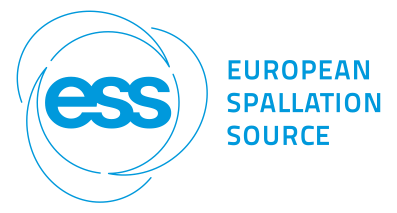Speaker
Prof.
Kazuyoshi Masumoto
(High Energy Accelerator Research Organization)
Description
In Japan, the clearance system which contains (1) the clearance level of radioactive substances for release to the environment and (2) the control procedures of the nuclear regulation authority (NRA), has been introduced in the radioisotope handling facilities and accelerator facilities. In this regulation, the definition and the handling rules for activated materials were stated. Several related topics of Japanese regulation and some examples of accelerator decommissioning are introduced.
Especially, about 1000 small accelerators are in hospitals. Therefore, energy limit and zoning were adopted for electron accelerator and cyclotron, as followings.
Energy limit :(1) Particle accelerators lower than 2.5 MeV/nucleon (except for neutron generators), (2) Electron accelerators for medical use at 6MeV or less.
Zoning: (1) Outside the self shield of cyclotron for PET isotope production, (2) Electron accelerators for medical use at 10 MeV or less (except for target and collimators), (3) Electron accelerators for medical use of 15 MeV or less (except for target, collimators and shielding materials)
In the case of PET cyclotron facilities, the wall, floor, ceiling and surrounding materials might be activated by secondary neutrons during operation. Typical neutron flux in a vault of a PET cyclotron is 105 to 106 cm-2s-1 during the production of 18F from 18O. Therefore, total production amounts of 18F become good indicators of neutron fluence. Neutron fluence of 10 years operation in a typical hospital is estimated to be 1012 to 1013 cm-2. Specific activity of 60Co and 152Eu in surface concrete become almost same as the clearance levels. Two additional data should be obtained in each facility, in order to confirm the induced activity. (1)Radioactivity of several materials sampled in the accelerator room should be measured by using a Ge-detector. (2) Induced activity of several typical materials including concrete is estimated, after obtaining the data concerning the operational history, the elemental compositions of each material, spatial distribution of neutrons under typical operation condition. Both data sets are useful for the decommissioning procedure. Concrete will become major radioactive waste in the PET cyclotron facilities. Therefore, it is also important to reduce the neutron activation by effective neutron shielding of the target.
Adoption of the clearance system hospitals is currently time consuming and too costly for small facilities. Hospitals generally have no storage areas suitable for accumulation of decommissioning materials and often must maintain continuity of patient treatments. In such circumstances, the NRA accepts that hospitals adopt a decommissioning procedure without using the clearance system. In the case of activation of accelerators, induced nuclides are generally gamma-emitters. Therefore, this measurement is based on the use of scintillation survey meters to segregate activated materials from non-activated materials. This procedure was effective to check for the non-activated levels based on the detection limits.
Now, we would like to construct the acceptable procedure for accelerator decommissioning soon.
Kazuyoshi Masumoto,
High Energy Accelerator Research Organization (KEK)
1-1 Oho, Tsukuba, Ibaraki 305-0801, JAPAN
Author
Prof.
Kazuyoshi Masumoto
(High Energy Accelerator Research Organization)
